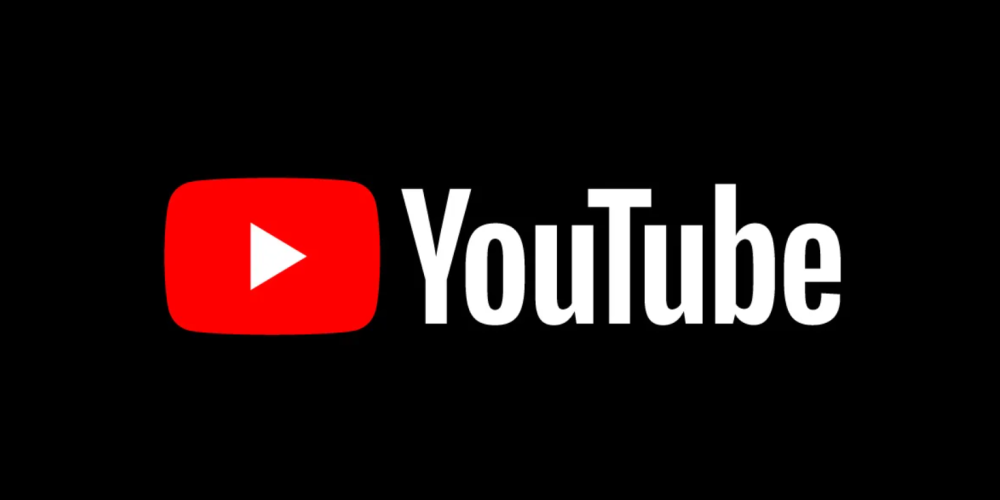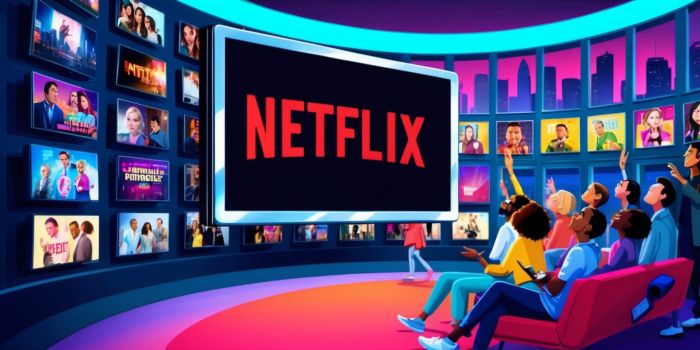 2024-06-14 06:30:00
2024-06-14 06:30:00 YouTube's Strategy to Thwart Ad Blockers May Impact User Experience
As the virtual playground of video content continues to evolve, YouTube stands as a dominant force, influencing how millions choose to consume digital media daily. However, with the rise of ad blockers, the platform has found itself in an ongoing battle against those seeking an ad-free experience without the cost of a Premium subscription. Recent developments suggest that YouTube is preparing to advance its strategy against ad-blocking technology, which could significantly transform the viewing experience for all users.
YouTube has made it clear that it intends to protect its revenue model by ensuring that ads reach its audience. Initial countermeasures led to the downfall of beloved third-party services, like YouTube Vanced, but this only intensified the arms race between YouTube and ad block developers. Emerging tools like ReVanced are providing users with sophisticated means to evade ads, featuring community-driven components, such as SponsorBlock, to identify and skip sponsored content efficiently.
Meanwhile, reports have emerged that YouTube might start injecting ads directly from the server side, a technique that could effectively render current ad-blocking methods obsolete. This approach raises several questions and concerns. For one, it could complicate the experience for Premium users, who are supposed to enjoy an ad-free viewing session, as they may encounter technical hiccups distinguishing them from free-tier viewers. Additionally, there is a possibility that such a system might disrupt the functionality of time-stamped links and video chapters, integral features for navigating longer content.
Moreover, complexity in ad delivery systems could lead to slower streaming speeds and a generally degraded user experience. Ironically, as the platform enhances its fortress against ad blockers, it might inadvertently provide these tools with the very data they need to bypass new defenses. It's a cat-and-mouse game where each development could lead to unexpected opportunities for both sides.
The implications of YouTube's potential move to server-side ad integration are far-reaching. While aimed at preserving revenue, it risks alienating users who prioritize seamless content consumption. Although some viewers support content creators directly or lean on regional tactics to avoid ads, YouTube's aggressive stance on ad blocking is stirring debate about the trade-offs between user experience and monetization.
As we consider the future of digital media consumption, the balance between creator support, platform profit, and user satisfaction remains delicate. The audience's willingness to tolerate ads or pay for premium services will continue to shape the battleground for control over the content viewing experience. As YouTube navigates this challenging landscape, the coming months will likely reveal the true impact of its anti-ad blocker campaign on its vast community of users.



Leave a comment
Your comment is awaiting moderation. We save your draft here
0 Comments